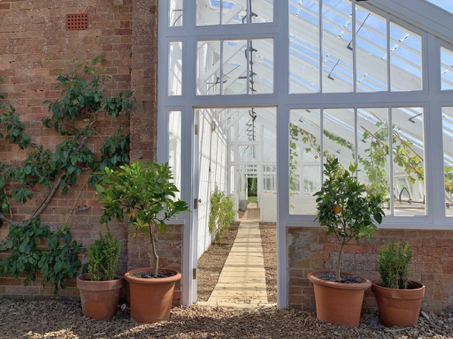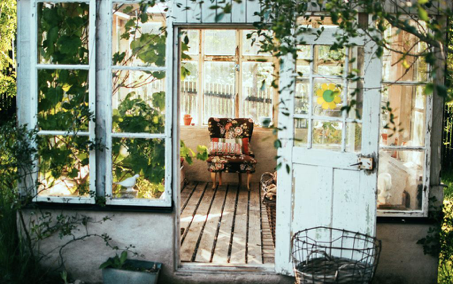If improving your home and getting more living space has been one of your biggest priorities for quite some time now, look no further because you’re at the right place! Here are some useful tips on how to extend your home by building a conservatory or an orangery, so keep on reading, check them out, and get down to business right away!
First of all – what is the difference between conservatory and orangery?
Even though a lot of people put an equation mark between conservatories and orangeries, we must say that these definitely aren’t the same thing. Traditional orangeries were extremely popular back in the 18th century – especially among wealthy homeowners who wanted to house exotic plants such as citrus fruits. On the other hand, conservatories are home extensions that feature a roof and walls made from glass, and these were used mainly as sun lounges for growing delicate plants. However, their original purpose has significantly changed over the years, as both of them are now used mainly as lovely garden rooms or kitchen extensions.
What do I need to know before building a conservatory or an orangery?
Before you start building a conservatory or an orangery, you need to know that planning permission usually isn’t necessary – particularly if it will cover less than half the area of land around the original house and won’t be higher than the highest part of the roof. However, if you live within a designated or conservation area, applying for planning permission is likely to be required. As for the overall cost of building, it obviously depends on the size, complexity of the design, and the materials used, but it’s good to know that conservatories usually cost from $20,000 upwards, whereas simpler orangeries can cost from $40,000 upwards.
How to design a conservatory or an orangery?
- Match its materials to the original house
The materials used for building a conservatory or an orangery are the first thing you need to pay extra attention to. You need to be extra careful with your selection and match them to the materials used for building the original house, so that everything follows the same style. Some of the parts you need to take extra care of are bargeboards, the roof pitch, windows, and finials, as well as the dominant colour palette. The last one mentioned is probably one of the most important factors – at least when it comes to aesthetics – so make sure to opt for house colour consulting services that will give your house extension a new life and connect it with your home in the best possible way. Apart from that, you should also ensure that your new brickwork matches the brickwork on your original house. This is a great way for everything to blend seamlessly.
- Build it as an all-year-round space
When building a conservatory or an orangery, you should think of it as of an all-year-round space, which will give this unique house extension a brand new purpose. Of course, if you want to retain its original purpose and use it for housing citrus plants or growing delicate plants, that will be completely fine, too. However, as many people desperately need extra space, this type of home extension is often used all year round as an additional room the entire family loves to use. If that’s what you need as well, make sure to define the purpose of this home extension early on, as it’ll inevitably affect the shape, size, and proportions of the room. Just make sure to understand that before you make a final decision and you won’t make a mistake.
- Make sure to choose the right framing
Speaking of the framing used for your conservatory or orangery, you should know that there are so many available options to choose from. For example, uPVC is one of the most popular materials worldwide due to its affordability. However, it isn’t always the best choice simply because it often results in a bulky, inauthentic final look. Aluminium is another highly requested material, and that’s because it’s very slim and classic. Besides that, there are modern aluminium frames that feature thermal breaks that prevent heat loss, which are extremely beneficial for such house extensions. On the other hand, if you’re a fan of a traditional look that will never go out of style, you should probably go for timber framing. These are extremely durable, but make sure that the wood is properly painted or treated so that it can last for about 10 years before requiring any maintenance.
As you can see, building a conservatory or an orangery is a truly amazing way to extend your home and get more living space, which is of the utmost importance when you live in a fairly small house. Of course, if you want to do everything right and build this type of house extension with success, all you have to do is to stick to our tips and follow our guidelines. This is one of the best ways to accomplish your goal and create more space for your entire family, so give it a fair shot and we promise that you won’t be disappointed in the end!



